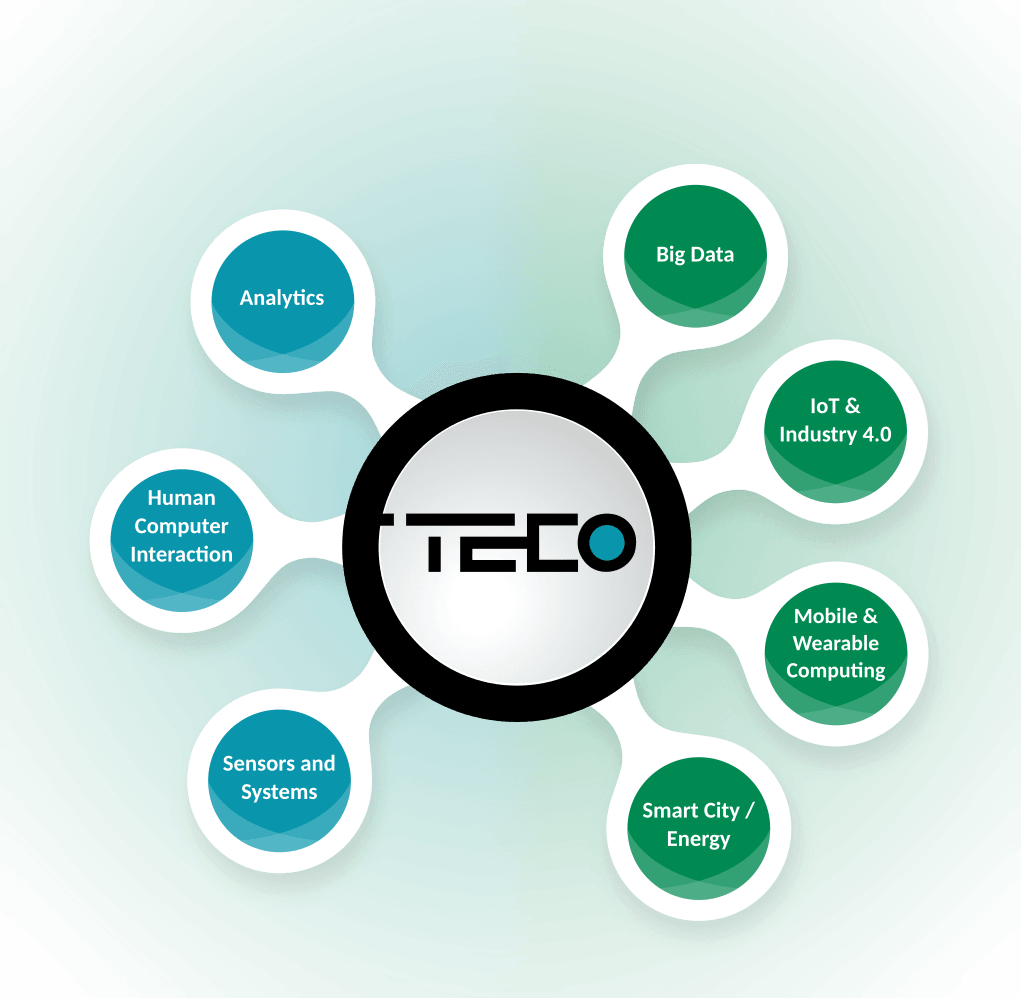Research – Projects
Since its founding in 1993, the TECO research group has been directing a multitude of projects across a wide range of research topics which can be divided into three broader Research Fields: Analytics, Human-Computer Interaction, and Sensors and Systems.
With partners from relevant industry sectors and the core idea to tie research and industry closer together, all of these projects are tightly linked to one or multiple Application Areas, most importantly Big Data, the Internet of Things & Industry 4.0, Mobile & Wearable Computing, and Smart Cities.
Other projects study how people interact with electronic devices and which tools can assist individuals or teams in different environments to benefit from technological advancement. Finding new forms of preparing and conveying information by using Augmented Reality or special feedback methods suited for particular contexts is essential to maximize the efficiency and usability of these computer systems.
Filter
OpenEarable
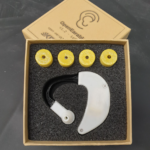
OpenEarable is a new, open-source, Arduino-based platform for ear-based sensing applications.It supports a series of sensors and actuators: a 9-axis inertial measurement unit, an ear canal pressure and temperature sensor, an inward facing ultrasound microphone as well as a speaker, a push button, and a controllable LED. We demonstrate the versatility of the prototyping platform more…
JuBot – Stay Young with Robots
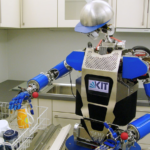
The JuBot Project, or “Stay Young with Robots,” focuses on improving the quality of life for seniors through the use of robotics. The project aims to enhance human-robot interaction by studying human activity recognition, allowing for a more intuitive and seamless interface. By analyzing and modeling human actions and behaviors, the system will recognize and more…
TECO Wearable Framework (TWS)

TECO Wearable Framework The TECO Wearable Framework is a collection of electronic modules components, materials, embedded software as well as applications for User Interfaces and Data Analytics that is used in our research projects. The framework assembles work from students as well as PhDs over the past 20 years. Parts of the Framework are Haptic more…
RüttelFlug

RüttelFlug is a sensory augmentation wearable for paragliders. The intelligent wristband measures vertical speed of the pilot and converts it into intuitively differentiable vibration patterns. As tactile perception is used for information transmission, the pilot can use his other senses, such as the eyes and ears, for experiencing flying. The key to flying more…
edge-ml

edge-ml is a browser based, end-to-end machine learning framework for time-series data on microcontrollers. Data can be ingested using various methods, including live collection. Labeling is supported in a user-friendly manner with a graphical user interface. Based on the datasets and labels, users can train machine learning models which are deployable onto microcontrollers.
FF4EuroHPC: AI4CAD
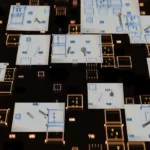
AI-Platform for automated training of object detection models based on cad data The manual assembly of devices consisting of many individual parts is a time-consuming, tedious and error-prone industrial process, which could in principle be supported by automated recognition technologies. As a typical example, Gabler is a manufacturer of production machines for packaging goods, each more…
Software Campus: Fit2Ear Otoplastics
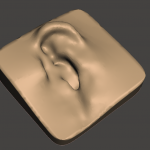
In the Fit2Ear project we are applying smartphone depth cameras to generate customized otoplastics for earable computing. Contact – Haibin Zhao (project leader, haibin.zhao@kit.edu) – Tobias Röddiger Publication Haibin Zhao, Tobias Röddiger, Yufei Feng, and Michael Beigl. 2024. Fit2Ear: Generating Personalized Earplugs from Smartphone Depth Camera Images. In Companion of the 2024 on more…
IntEnseChoI: Intelligent Environment secures Choice of Interaction (Software Campus)
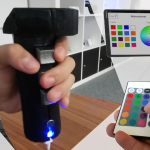
Ambient assisted living (AAL) technologies have great potential to guarantee a self-dependent life for people with disabilities like visually impaired people or the elderly. However, many AAL research projects fail to deliver market-ready products. The explicit application of Universal Design (UD) on smart home products could facilitate marketing them. Also, technologies, which are usable ─ more…
Software Campus: Haptic User Interfaces for Complex Visualizations (VibrAid)
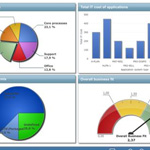
When visualizing big data streams, overwhelming the user with a large amount of information can quickly become an issue. This psychological phenomenon is called Information Overload and is usually caused by badly designed user interfaces, especially when too much information is shown on the screen at the same time. The key for overcoming these problems more…
Software Campus: Augmented Reality for in-situ Process Visualization (ARVis)
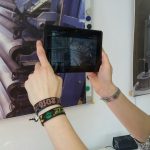
The increasing complexity of processes leads to an enormous amount of data which needs to be processed and understood by people. This is true for a great variability of processes, such as a production process in a factory or a more abstract procedure settled in an office environment. Finding a suitable way to visualize the more…
Software Campus: FeinPhone
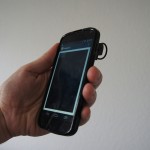
The ubiquity of mobile networks and smartphones in principle offers an excellent infrastructure for participatory environmental measurements, e.g. in Smart City scenarios. Modern smartphones are already equipped with a variety of internal sensors. In some current models, even environmental sensors for measuring temperature, humidity and air pressure can be found. However, phenomena such as the more…
MobileDust
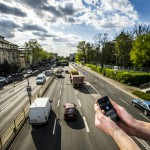
Particulate Matter has a serious impact on health, well-being and the life expectancy of people. Today, only few stationary or mobile sensing stations are available for the monitoring of large areas, e.g. a city. This project aims to develop mobile particulate matter dosimeters that can be used for distributed Fine Dust Monitoring, e.g. through Participatory more…
Smart Air Purifier
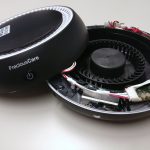
In the Smart Air Purifier project, a prototypical microelectronic IoT-platform was developed and integrated into an air purifier unit for the use in cars. This Smart Air Purifier is outfitted with various environmental sensors, a microcontroller, and a Bluetooth Low Energy module. The system can determine the temperature, humidity, and concentration of various gases and particulate more…
ProximityHat
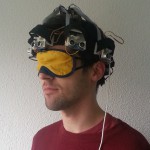
ProximityHat is a wearable sensory substitution system, which uses pressure actuators around the head to convey spatial information. It was already shown that the sense of touch can be used to augment our perception of reality. Existing systems focus on vibration signals for information transfer, but this is unsuitable for constant stimulation in everyday use. Our system more…
Software Campus: MARC² – Improving Activity Recognition on Mobile Devices Using Crowdsourcing and Cloud Information
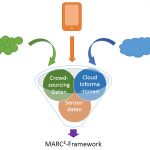
In Germany, the majority of people already owns a smartphone or another mobile device – and carries, unconsciously, a well-equipped sensor system with them. Just a few of these sensors are sufficient to draw conclusions about current and future activities or the context of the owner. Even non-physical data sources may provide relevant information for more…
Towards a mobile hybrid cloud: An EIT ICT labs activity
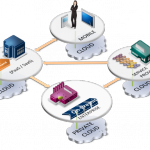
The project Towards a Mobile Hybrid Cloud is an activity in the Computing in the Cloud action line of EIT ICT Labs. It is a continuation of the 2012 project Towards a Mobile Cloud and has the goal to deliver concepts and tools for managing specific aspects of hybrid cloud environments, including the optimization of quality of more…
Software Campus: AKTIFUNK
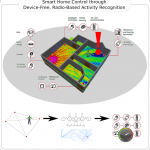
Human activity recognition, i.e. the recognition of a users’ current physical activity (e.g. walking, eating, sleeping) by monitoring and analyzing her/his behavior and the environment, can improve quality of living. However, current sensors for activity recognition have a number of drawbacks such as installation/attachment effort, battery runtime or privacy concerns. In AKTIFUNK, TECO is researching more…
KOORDINATOR
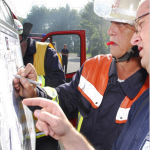
Koordinator is the follow up project to the sucessful BMBF project landmarke in which research was directed towards the creation of an ad hoc wireless sensor network to improve firefighter navigation. In Koordinator it is now investigated how this navigation support network may be extended using novel pervasive technologies to improve mission control in more…
TECO Envboard
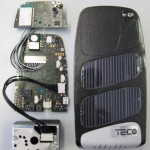
The TECO Envboard is an environmental sensing platform for research and development purposes. It carries a variety of commercial off-the-shelf (COTS) sensors, ranging from accelerometers over weather sensors like temperature, humidity and barometric pressure to sensors for gas concentrations and particulate matter. The Envboard is intended to be generically suitable for various application scenarios. more…
Chosen

Chosen: Cooperative Hybrid Objects Sensor Networks. Chosen researches, develops and applies a ultra-low power standard chipset for wireless sensor nodes that will be SOA/Web2.0 enabled. The sensor node will have features as wake-up-on-radio pattern and will integrate directly into Web 2.0 applications. Applications areas cover automotive and avionics. TU Braunschweig leads the middleware and system/integration more…
IT-Ecosystems subproject “LocCom”

Classical approaches of computer science do not scale well for today’s large and complex software-intensive systems. Software systems cannot be considered in isolation, since they are connected among each other and interact massively. Instead they are to be designed as parts of a larger IT Ecosystem. In analogy to biological ecosystems, IT Ecosystems are based more…
Landmarke

In the landmarke BMBF project TECO researches how a mobile ad hoc wireless sensor network can improve firefighter navigation in harsh indoor environments. The landmarke vision describes a system which does not focus on precise locationing but on providing navigational support which builds on the existing skills of firefighters. During the mission the firefighters themselves more…
dinam

The dinam concept is a novel approach to simplified rapid development of wireless sensor network applications as well as an according WSN platform. As opposed to the traditional mote- based development archetype, dinam proposes combining the development steps into a single continuous, fluid process that is completely integrated into the node. The dinam concept sensor more…
PHAR: Practical Human Activity Recognition
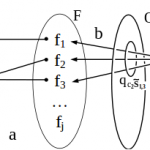
The goal of this project is to create practical approaches to human activity recognition (HAR). HAR is the process of allowing IT devices, processes and infrastructures to be aware of the situations and activities of the human beings interacting with these systems. Awareness is typically enabled by applying data processing and machine learning techniques to more…
ParticleOS
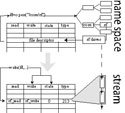
This project proposes a file system as an abstraction layer for a uniform way of accessing any system resource on wireless sensor nodes. Even functions and libraries can be represented and accessed in this uniform way allowing developers a novel way to design and implement applications. Tiny, Ressource poor sensor nodes require novel operating systems more…
MemCam
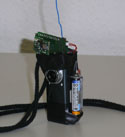
This project seeks to gather basic understanding in how far context aware camera systems are able to support human memory. The project seeks to develop a small wearable context aware camera device, gains insight into what activities are contributing to events we like to keep in memory, how to recognize these activities using a minimal more…
ContextAsAKey

ContextAsAKey is an approach to reach ad-hoc security and privacy in a Ubiquitous Computing environment without any user involvement – management, configuration nor administration. The basic principle is the use of the common context that exist when computing devices are located close to each other in the same physical environment. Technically the system bases on more…
PARTICLE

Particle Computer is an enabling platform for various scenarios related to Ubicomp. Particles are tiny wireless nodes where a huge variety of sensors can be attached. Further, the fully programmable micro controller accompanied by powerful libraries let novices as well as professionals implement applications in the fields of sensor networks, human-computer interaction, supply-chain management and more…
MEDIACUP
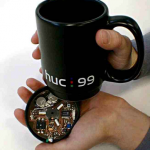
The MediaCup is an ordinary coffee cup augmented with sensing, processing and communication capabilities (integrated in the cup’s bottom), to collect and communicate general context information in a given environment. It is an example how to equip everyday objects with computing and communication capabilities. With the MediaCup setup (consisting of several cups and other equipment) more…
In/Out Board
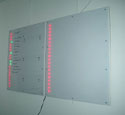
The In/Out Board is an ambient display showing the presence of persons in an office environment based on their activity. It integrates recognition of persons using RFID technology and PC based background services with an ambient display. Start/End: 2004 Partners: SAP AG Research Topics: RFID system, Integration of information infrastructure Application and economic dissemination: more…
Smart-Its
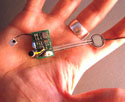
The Smart-Its project is interested in a far-reaching vision of computation embedded in the world. In this vision, mundane everyday artefacts become augmented as soft media, able to enter into dynamic digital relationships. In our project, we approach this vision with development of “Smart-Its” – small-scale embedded devices that can be attached to everyday objects more…
AmbientTelePresence

AmbientTelepresence researched the possibility to build up a ambient presence of remote people using a Ubiquitous Computing environment instrumented with embedded devices rather than with video or audio transmission. “Ambient Telepresence is a method to give someone the feeling that someone else is present while they are not co-located”. The project showed that transfer of more…
Ambient Human Computer Interaction, Wearable HCI, implicit Interaction
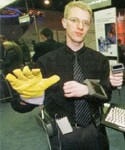
Several projects reserched the use of ambient, non-obtrusive human-computer interaction. For wearable computers, we developed an interface that is able to observe users behaviour and conclude on the behaviour (implicit Human Computer Interaction). In contrast to traditional HCI concepts, users have not to be trained for the application nor have do they need to be more…
Point&Click: AIDE
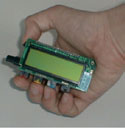
Point&click researches on ways to control devices in the environment using a single handheld device and interface. It concludes that a split in two phases (point and click) is most appropriate also for controlling (embedded) electronic devices in a physical environment. It also found that there is less chance to find a general interface for more…
UbicompBrowser / ElectronicManual
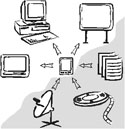
UbicompBrowser researches how electronic consumer devices embedded into the environment can be connected to the information network using Internet technologies. It results in a prototype that is able to bridge the gap between physical devices and information space by utilizing a handheld device equipped with a Barcode scanner – the UbicompBrowser. Using the UbicompBrowser software more…
TEA – Technology for Enabling Awareness
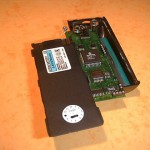
As computing devices and sensors get smaller, the interface with their user becomes more and more boring and irritating. The user has to explicitly input everything in detail in order to get some decent service from his device. Part of the solution to this problem is known as CONTEXT AWARENESS: thanks to hardware sensors and more…





